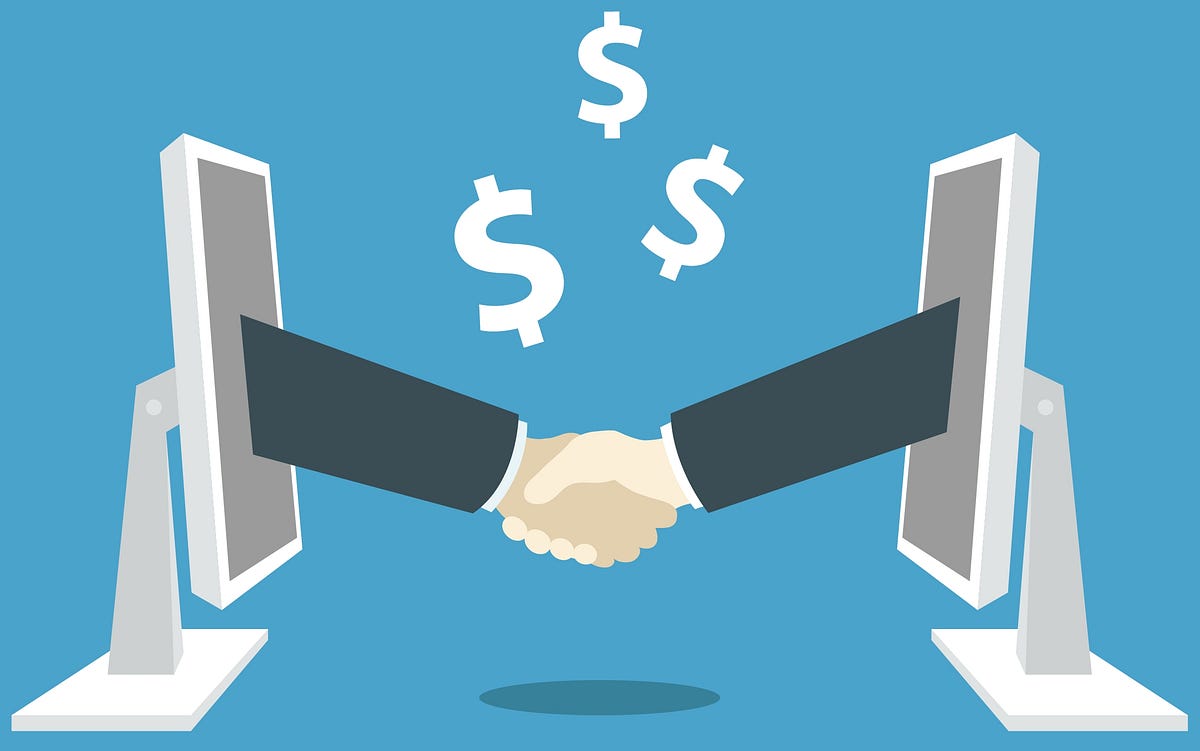Peer-to-peer lending, also
abbreviated as P2P lending, is the practice of lending money to individuals or
businesses through online services that match lenders with borrowers. Since
peer-to-peer lending companies offering these services generally operate online,
they can run with lower overhead and provide the service more cheaply than
traditional financial institutions. As a result, lenders can
earn higher returns compared to savings and investment products offered by
banks, while borrowers can borrow money at lower interest rates, even after the
P2P lending company has taken a fee for providing the match-making platform and
credit checking the borrower. There is the risk of the borrower defaulting on
the loans taken out from peer-lending websites.
In many countries, soliciting investments from the general public is considered illegal.
Crowd sourcing arrangements in which people are asked to contribute money in exchange for potential profits based on the work of others are considered to be securities.
(excerpt from Wikipedia text on https://en.wikipedia.org/wiki/Peer-to-peer_lending)

Also known as crowdlending, many
peer-to-peer loans are unsecured personal loans, though some of the largest
amounts are lent to businesses. Secured loans are sometimes offered by using
luxury assets such as jewelry, watches, vintage cars, fine art, buildings,
aircraft and other business assets as collateral. They are made to an
individual, company or charity. Other forms of peer-to-peer lending include
student loans, commercial and real estate loans, payday loans, as well as secured
business loans, leasing, and factoring.
The interest rates can be set by
lenders who compete for the lowest rate on the reverse auction model or fixed
by the intermediary company on the basis of an analysis of the borrower's
credit. The lender's investment in the loan is not normally protected by any
government guarantee. On some services, lenders mitigate the risk of bad debt
by choosing which borrowers to lend to, and mitigate total risk by diversifying
their investments among different borrowers. Other models involve the P2P
lending company maintaining a separate, ringfenced fund, such as RateSetter's
Provision Fund, which pays lenders back in the event the borrower defaults, but
the value of such provision funds for lenders is subject to debate.
The lending intermediaries are
for-profit businesses; they generate revenue by collecting a one-time fee on
funded loans from borrowers and by assessing a loan servicing fee to investors
(tax-disadvantaged in the UK vs charging borrowers) or borrowers (either a
fixed amount annually or a percentage of the loan amount). Compared to stock
markets, peer-to-peer lending tends to have both less volatility and less
liquidity.
In many countries, soliciting investments from the general public is considered illegal.
Crowd sourcing arrangements in which people are asked to contribute money in exchange for potential profits based on the work of others are considered to be securities.
Dealing with financial securities
is connected to the problem about ownership: in case of person-to-person loans,
the problem of who owns the loans (notes) and how that ownership is transferred
between the originator of the loan (the person-to-person lending company) and the
individual lender(s). This question arises especially when a peer-to-peer
lending company does not merely connect lenders and borrowers but also borrows
money from users and then lends it out again. Such activity is interpreted as a
sale of securities, and a broker-dealer license and the registration of the
person-to-person investment contract is required for the process to be legal.
(excerpt from Wikipedia text on https://en.wikipedia.org/wiki/Peer-to-peer_lending)

Thanks for sharing this quality information with us. I really enjoyed reading. Will surely going to share this URL with my friends.
ReplyDeleteP2P Lending Application Software